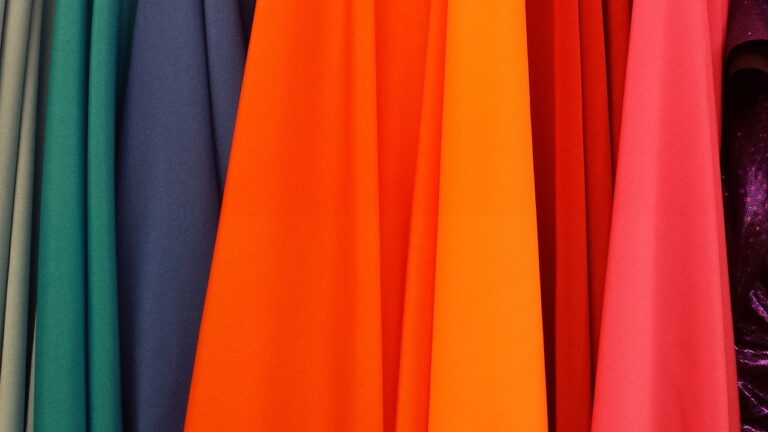Fashion and Sustainability: Sustainable Dyeing Techniques for Textiles
There has been a growing interest in sustainable dyeing techniques in the textile industry as consumers become more conscious of the environmental impact of traditional dyeing methods. One of the innovative approaches gaining popularity is the use of plant-based dyes, which are derived from natural sources like fruits, vegetables, and plants. These dyes not only offer a wide range of colors but also reduce the use of harmful chemicals and water consumption in the dyeing process.
Another sustainable dyeing technique is the use of low-impact dyes, which are synthetic dyes specifically designed to have a minimal environmental impact. Unlike traditional synthetic dyes that contain heavy metals and other toxic substances, low-impact dyes are free from harmful chemicals and require less water and energy to set the color. By adopting these eco-friendly dyeing methods, fashion brands and textile manufacturers can significantly reduce their carbon footprint and contribute to a more sustainable future for the industry.
Natural Dyeing Methods
Natural dyeing methods involve the use of plant-based materials to color fabrics, providing a more eco-friendly and sustainable alternative to synthetic dyes. Harnessing the rich pigments found in plants such as roots, leaves, and bark, natural dyeing has been practiced for centuries across various cultures and regions.
One popular natural dyeing method is indigo dyeing, which is derived from the leaves of the indigo plant. This process involves fermenting the leaves to extract the blue dye, which is then used to create a range of shades from vibrant blues to deep navy hues. The indigo dyeing process is not only natural but also offers unique variations in color depending on factors such as the type of fabric and dyeing technique used.





